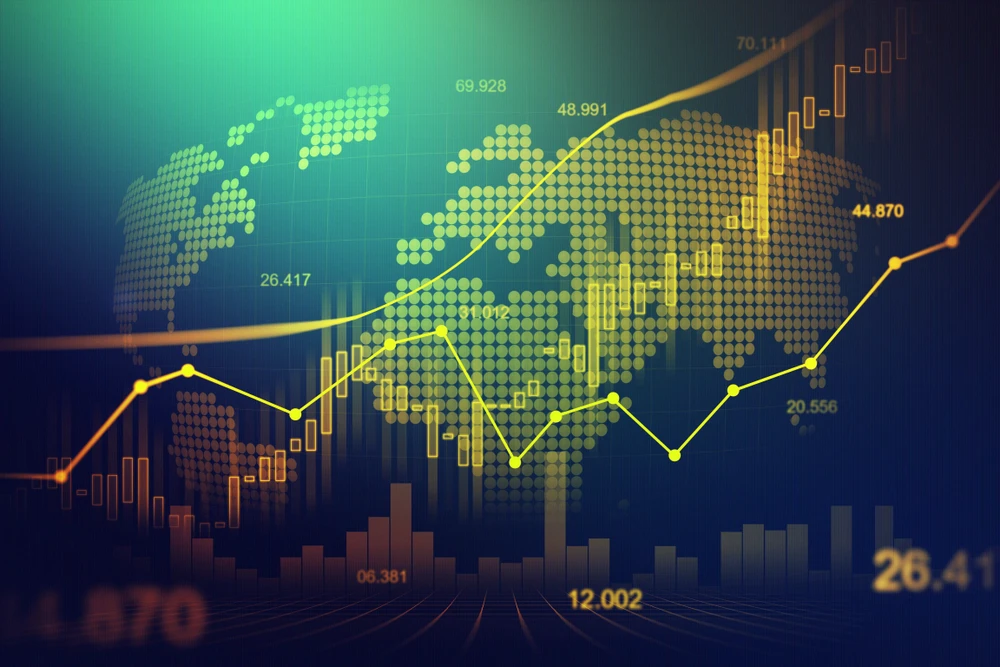
Professional and seasoned investors now doubt the theory that the stock market guides the economy. However, the rapid and unusual strong growth of stock indices do not reflect the usual economic expectations. If one looks at the economic indicators in the last three quarters of the year since the pandemic broke out, the recovery trend is much worse than before. Therefore, the growth of stock indices can only be explained by the fact that the value of the stocks has been overblown, or unable to discount a future scenario, or both. Neither of these factors will prove positive for the markets in coming years.
Current scenario
We need to now seriously identify the main factors that helped the market grow in the last year. Firstly, countries have been loosening monetary policy at a very low interest rate and combining it with fiscal policies to stimulate a paralysed economy due to the effects of the Covid-19 pandemic. These two policies simultaneously led to large amounts of free flow money to be pumped into the economy. The economy was seeing no demand because economic activities were in stagnation. It is easy to access credit, leading money to flow into stock markets as investment.
Second, there is a very clear distinction between the concept of economy and the concept of stock market. Small turnovers and low income companies are often the companies that generate a majority of jobs in an economy, and these were also the worst affected during the time of the pandemic. These large group of companies were the ones that listed on the stock market. If we look at this aspect, listed companies do not necessarily reflect the difficult situation of the economy, but on the contrary, they benefit from low cost policies. New investment opportunities that were used allowed the small businesses to suddenly regress. At this time, the expectation of this investor group is completely understandable.
Third, there are differences between the group of tech companies and the rest of the economy. Technology companies are less affected or have even benefited from the pandemic because of a digital shift of economic transactions. The group of technology companies account for a large proportion of total capitalization of the stock markets, such as the US market. Therefore, the strong growth of these groups of companies is the main driving force for the stock market to go up and outperform the rest of the market and the economy.
Fourth, the emergence of a group of new investors is often referred to as Newbies or F0 investors. They are a generation of investors based on technology, capturing information quickly, and making decisions even more quickly, although not everyone has a lot of investment experience. The appearance of this group of investors is consistent with the digitization process, triggered at the right time by low-cost policies and economic stimulus income support packages. In conditions where normal economic activity is limited, investing and trading in securities is quite easily done online.
Future impact
In order to understand the market trend better, we need to judge how this group of four factors will operate in coming time. In the first factor, it seems certain countries will continue to keep interest rates low and implement fiscal packages that support the economy. The cheap money policy will continue to be an important driving force to help the stock markets flourish. However, the bottom line in 2021 will be that money is likely to start being absorbed in real economic activities, especially when the vaccines are in full use, instead of running to the stock market as is happening now. This basically makes it difficult for the stock market to fall immediately, and even continues to increase slightly.
The second and third factors depend heavily on whether the listed companies and technology companies have outstanding business results outperforming investor expectations in the stock markets. If not, then this group of companies representing the industry sector will gradually recover. That is to say, small companies and companies belonging to the service group, such as restaurants and transportation can see cash flow most likely move according to the recovery of this group. In theory, there will be a shift of cash flow from listed companies that have had good growth in 2020 to the group that is about to recover. However, the recovery group is often too small or unlisted, so the impact on the stock market is not much. In other words, this will lead to the opposite of reality and we will see an economy recover and the stock market not rise.
The fourth factor concerns the success of a group of F0 investors over the last months who have now become professional investors in the stock market. The group invested in technology platforms and performed fast transactions with a high risk, and the impact of this group on the market is being seen as fast and strong market volatility, rather than a lasting impact.




















